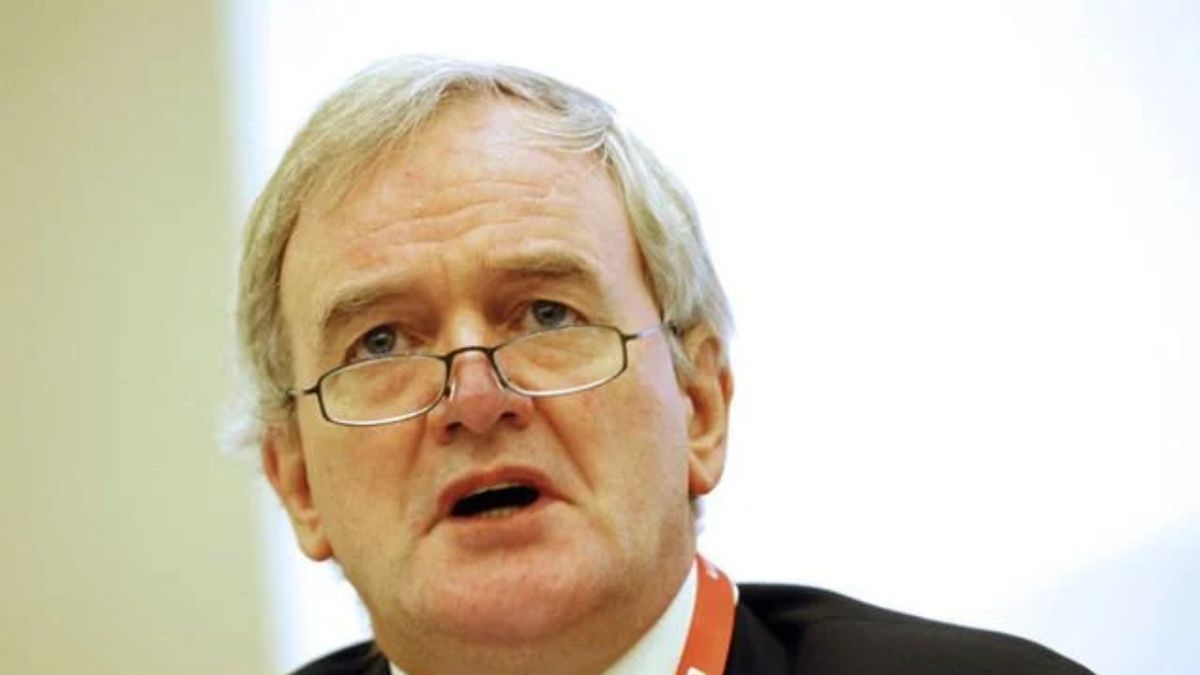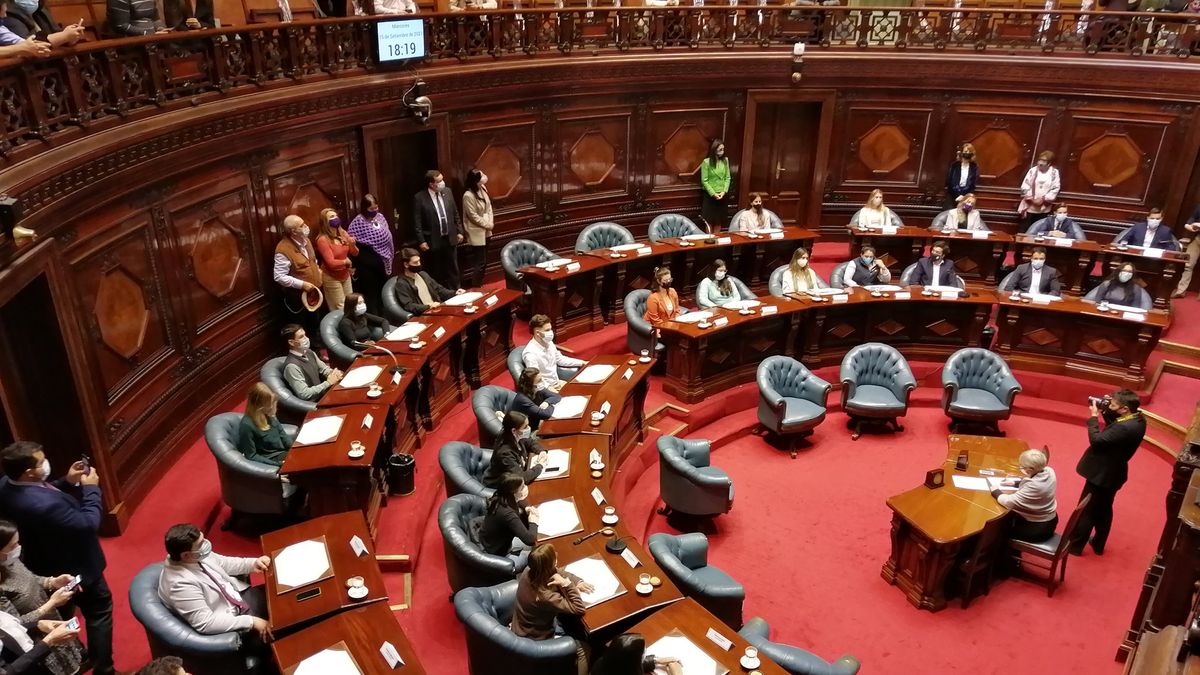“Argentina’s debt burden is unsustainable. Instead of allowing this deal to proceed Argentina should be required to implement a radical restructuring of public debt that reduces the gross debt of the general government from more than 100% of GDP to no more than 60%. And the IMF should be subject to the same haircut as other creditors,” Buiter explained.
The author indicated that the IMF “should pay the price for its notorious failures” and compared the Argentine case with the agency’s $30 billion loan to the Greek government in 2010. “Fortunately, errors of this magnitude are rare,” he said. .
In this sense, he explained that the failure of the IMF was to have approved the loan to the government of Mauricio Macri without complying with the four ‘exceptional access criteria’ (EAC): “large balance of payments needs, sustainable public debt, prospects for regaining access to private capital markets, and the capacity and institutional and political commitment to implement an IMF-supported program”. “It should have been clear that Argentina only met one of the EACs (large balance of payments needs) in 2018. But the IMF Executive Board approved it anyway,” he insisted.
Buiter assessed that the new loan should also meet the four criteria of the EAC, although from the outset the country only adjusts again with the first one, as it experiences great pressures in its balance of payments. The economist compares the context of the agreement signed by Mauricio Macri and concludes that the president Alberto Fernandez it would have the same difficulties as its predecessor to comply with the other three, as long as there is no restructuring of the debt.
“Public debt sustainability remains Argentina’s Achilles’ heel. General government gross debt went from 57% of GDP in 2017 to 85.2% when the loan was negotiated in 2018. It then rose to 88.7% when it was suspended in 2019 and at 102.8% when it defaulted in 2020. The debt ratio is now estimated to have reached 107% at the end of 2021, a significantly worse starting point for loan 22 than for the dire 21 In addition, the federal primary budget deficit (excluding interest payments) was 3.8% of GDP in 2017, and the 2021 figure was only slightly better, at 3%”, describes the professor.
Given this scenario, it adds more clouds both on the external horizon and in the national engines of economic growth in the coming years. “The external financial environment will worsen as the US Federal Reserve and other major central banks raise their rates and reduce and reverse the expansion of their balance sheets. Slower global growth will weigh on commodity prices and export earnings,” he said.
In addition, at the local level, he stated that “monetary financing by the Central Bank of Argentina will fall from 4.6% of GDP in 2021 to 1% of GDP in 2022, and to ‘almost zero’ in 2024.”
“The idea that markets will fill the resulting funding gap seems far-fetched. Real central bank interest rates are expected to be positive in 2022, in line with policies to combat inflation (currently over 50% in Argentina ) and to support the external value of the currency (the value of the peso in the parallel market is half the official rate. But it is also likely to have a negative impact on GDP growth,” he concluded.
Source: Ambito
David William is a talented author who has made a name for himself in the world of writing. He is a professional author who writes on a wide range of topics, from general interest to opinion news. David is currently working as a writer at 24 hours worlds where he brings his unique perspective and in-depth research to his articles, making them both informative and engaging.




